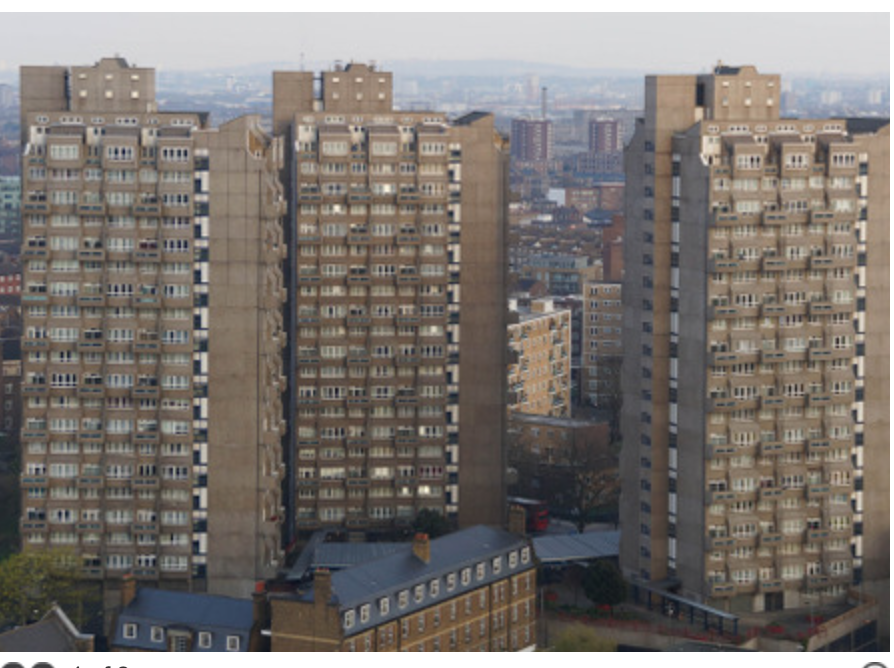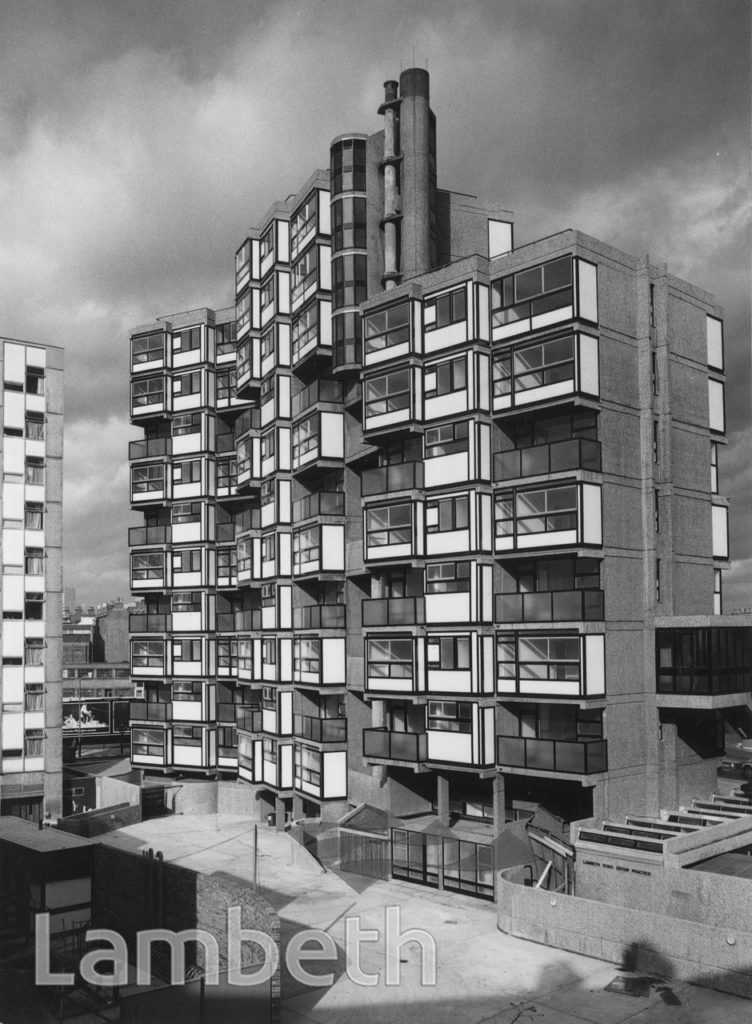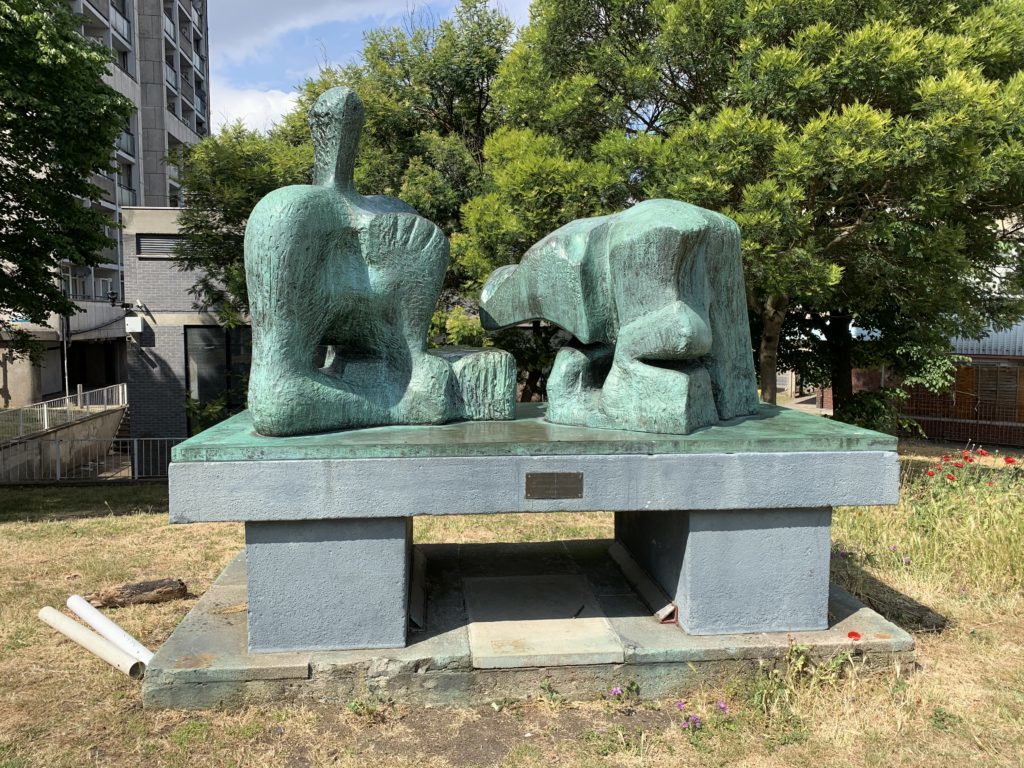A great deal of the built environment around us in Greater Kennington can be linked directly to architect and visionary Edward Hollamby (1921 – 1999). Like many architects of his generation, Hollamby was profoundly influenced by the values of William Morris. Namely, those relating to equitable living conditions and the universal right for people to work and live in places which allow them to flourish. There was no better way to execute these values that by working for local government, and Hollamby worked for both the LCC and Lambeth Council.

Locally, Hollamby is known primarily for being the lead architect of the Brandon Estate in Walworth (behind Kennington Park), which we wrote about last summer. His vision for the estate was to build a community which addressed the individual and changing needs of its residents, make shopping easier, while also creating large green spaces to allow people to relax and children to play. And to make the area more aesthetically pleasing he even convinced Lambeth to commission a sculpture by Henry Moore, which is very much still there.
As lead architect in Lambeth Hollamby hired Peter Finch, who designed the Cotton Gardens Estate in Kennington Lane (we are aware that these buildings remain a tad controversial). Hollamby/Finch’s thinking is that they wanted buildings which ‘danced around in different directions’ depending on how one looked at them. It’s often overlooked that at ground level they created green spaces in addition to bungalows and maisonettes for people who didn’t fancy living in a high rise. A walk around Knight’s Walk around the foot of the buildings is a bit like a stroll in a park. And if the towers look very familiar to others in South London, that’s because they were all made from complex interlocking panels which were massed produced.

Hollamby was also the brains behind the unusual and rather playful Lambeth Towers in Kennington Road, with the lead architect again being Finch. The building was started in 1964 with the intention of being mixed use, which it is to this day, and the box like design intended to allow each maisonette to be double aspect and have its own balcony. These buildings are classed as being ‘Brutalist’ but that name seems to stick to every 20thCentury building with a bit of exposed brick. Figuring out when a building becomes ‘brutal’ therefore becomes rather like an architectural game of Wordle. You may or may not find these estates to be beautiful, but Hollamby always made the needs and wishes of the residents paramount.



